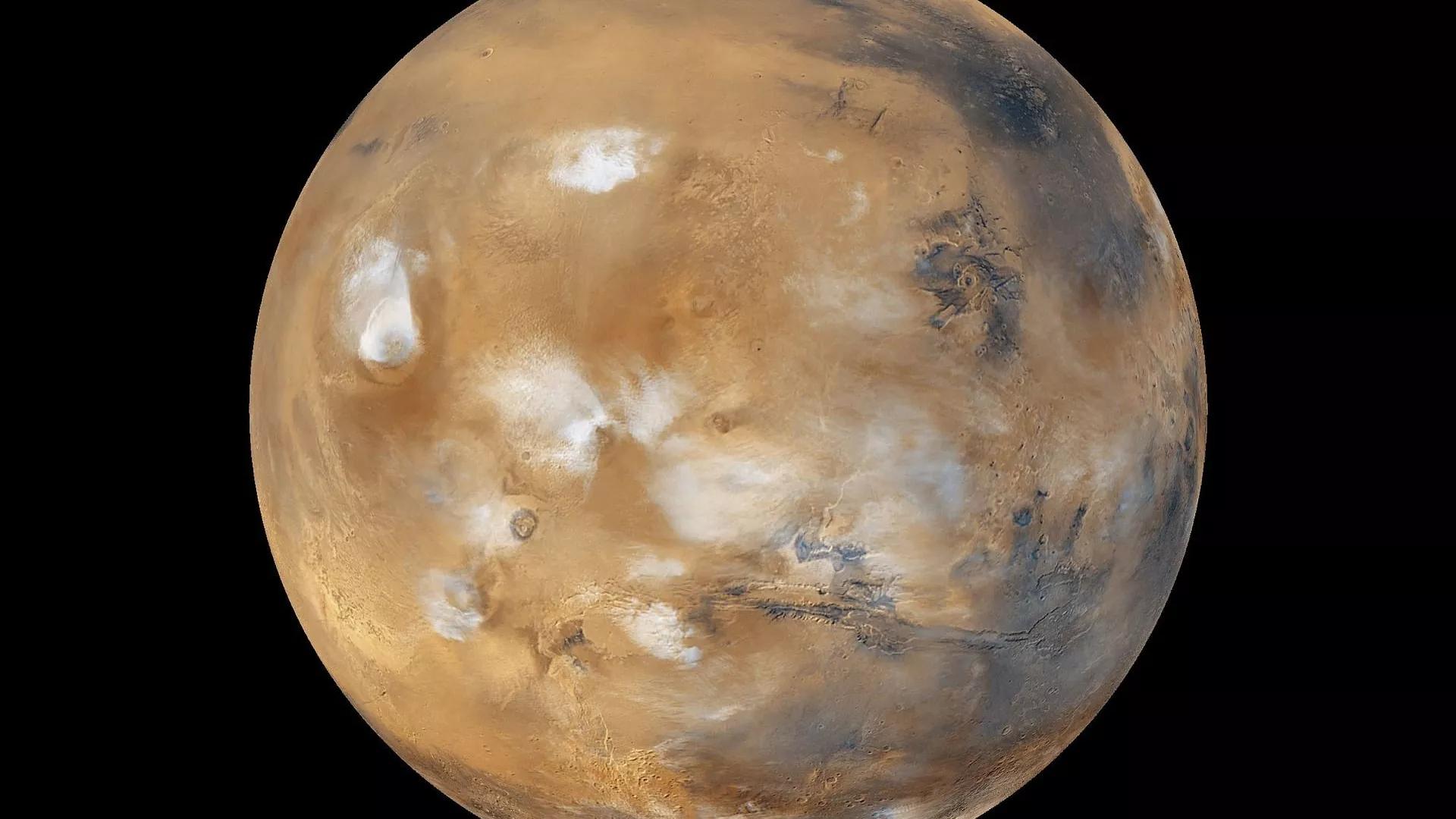Africa-Press – Cape verde. The researchers behind the new study argue that low-frequency quakes detected on the Red Planet may point towards the presence of magma deep within the bowels of Mars.
While no traces of life have been found on Mars so far, it seems that the Red Planet may be somewhat “lively” in terms of volcanic activity, an international team of researchers suggests.
Using the data supplied by NASA’s InSight lander regarding a series of low-frequency marsquakes, researchers led by Simon Stahler from the Institute of Geophysics at ETH Zurich postulate that seismic activity detected by the craft primarily originates from a series of fissures on the planet’s surface, known as Cerberus Fossae.
The team also took note of the distinctly darker shade of the dust deposits in the area in question, with Stahler suggesting it “signifies geological evidence of more recent volcanic activity – perhaps within the past 50,000 years – relatively young, in geological terms,” according to a press release by ETH Zurich.
“Our findings confirm that the Cerberus Fossae represents a unique tectonic setting shaped by current day magmatic processes and locally elevated heat flow,” the researchers write.
Some tremors on Mars, however, occur due to outside influence rather than because of tectonic activity, as the cause of a magnitude 4 marsquake detected on December 24 last year was eventually traced to a meteoroid impact that left a huge crater on the surface of the Red Planet.
For More News And Analysis About Cape verde Follow Africa-Press






